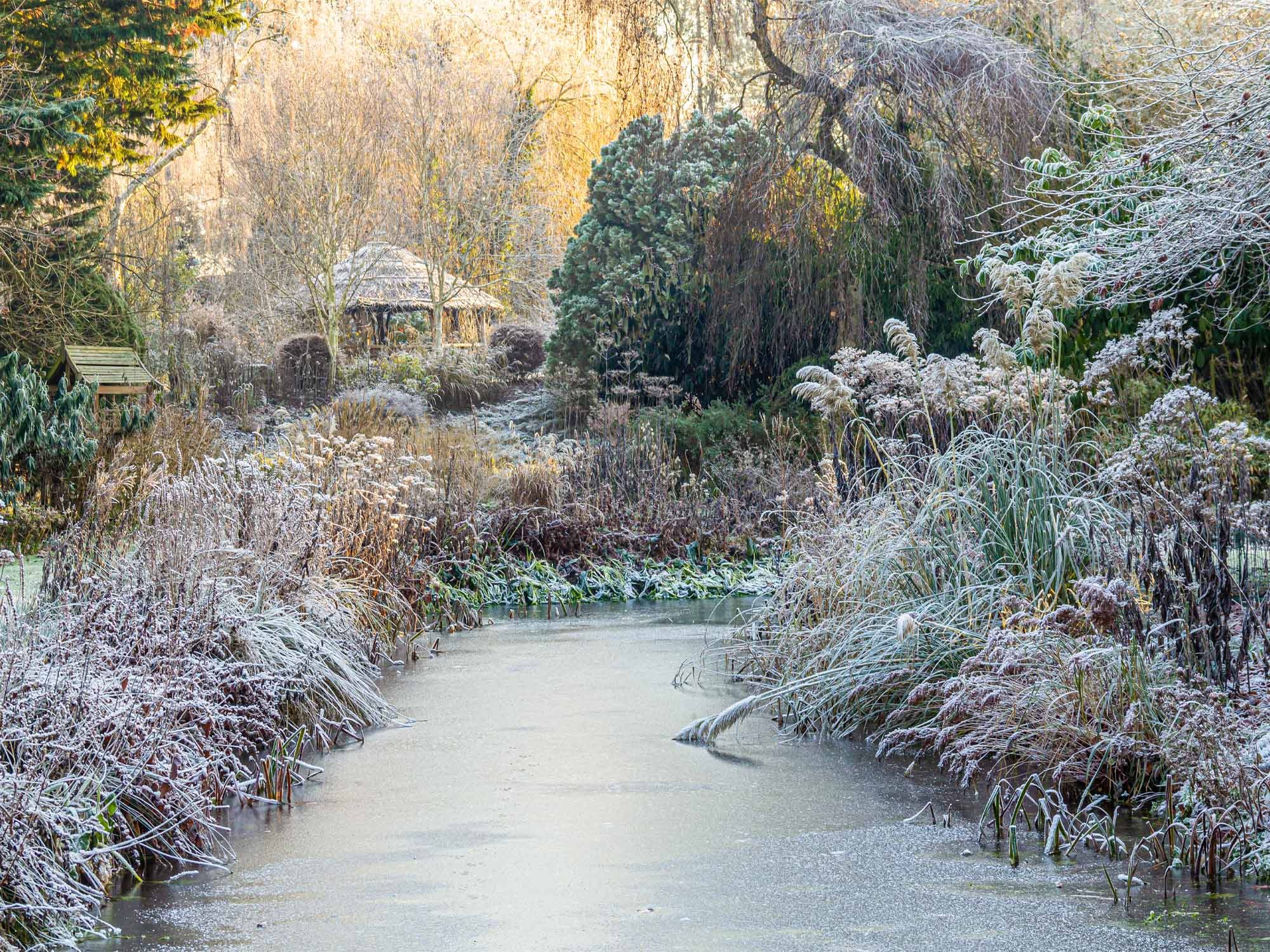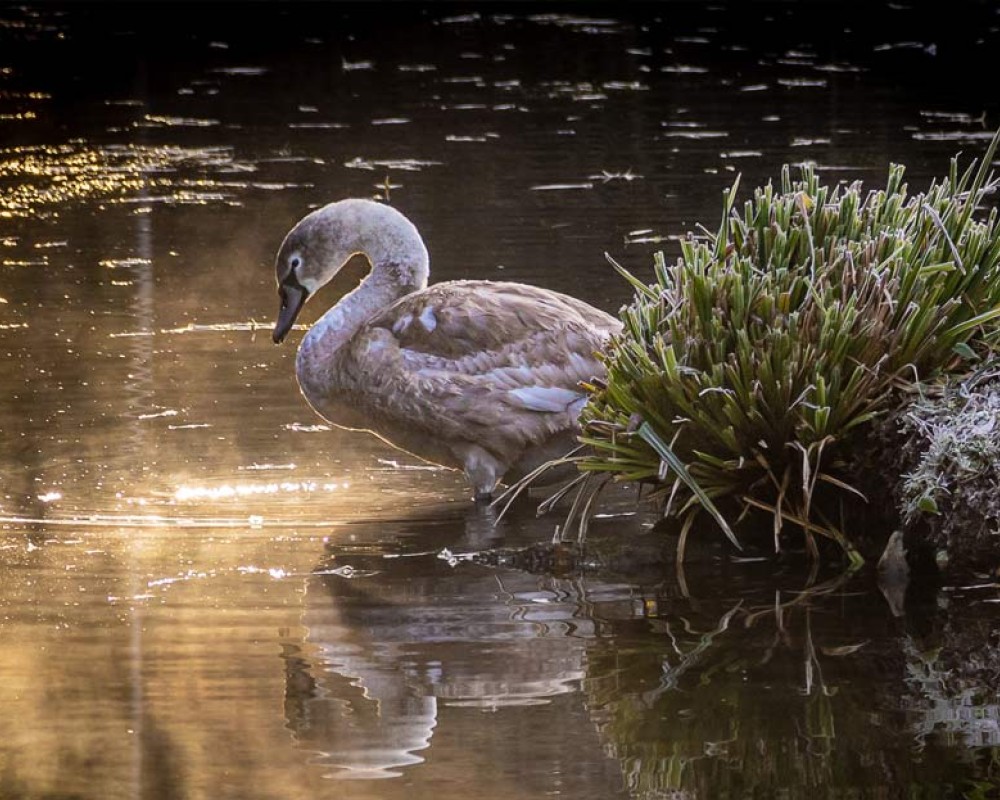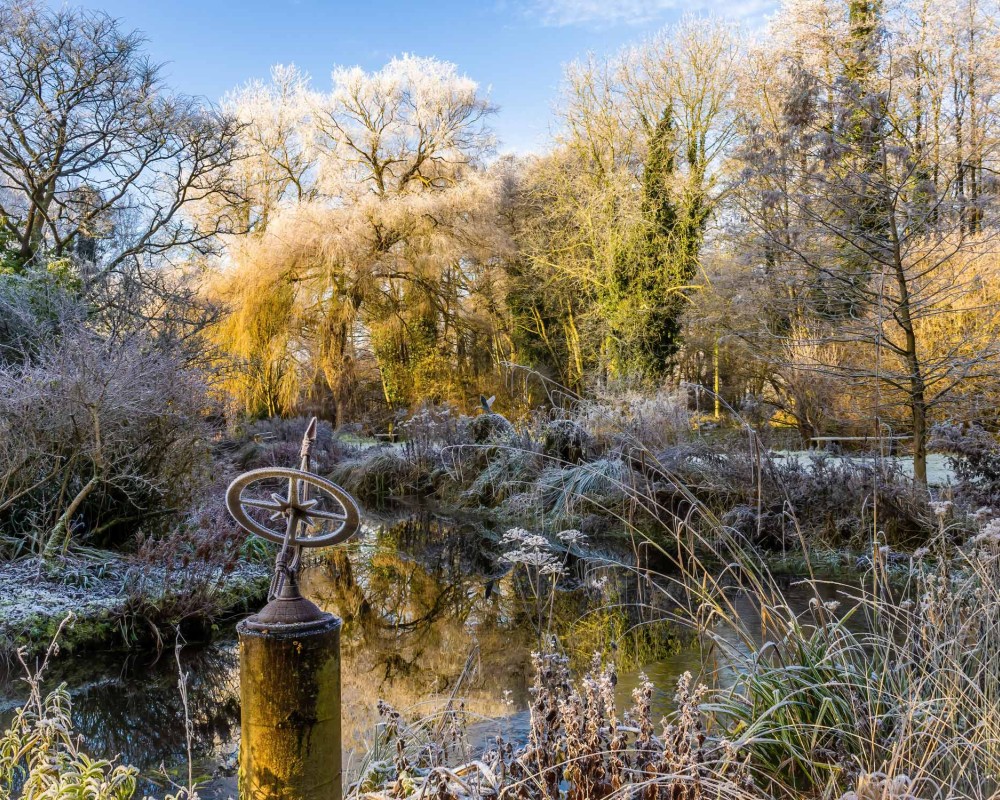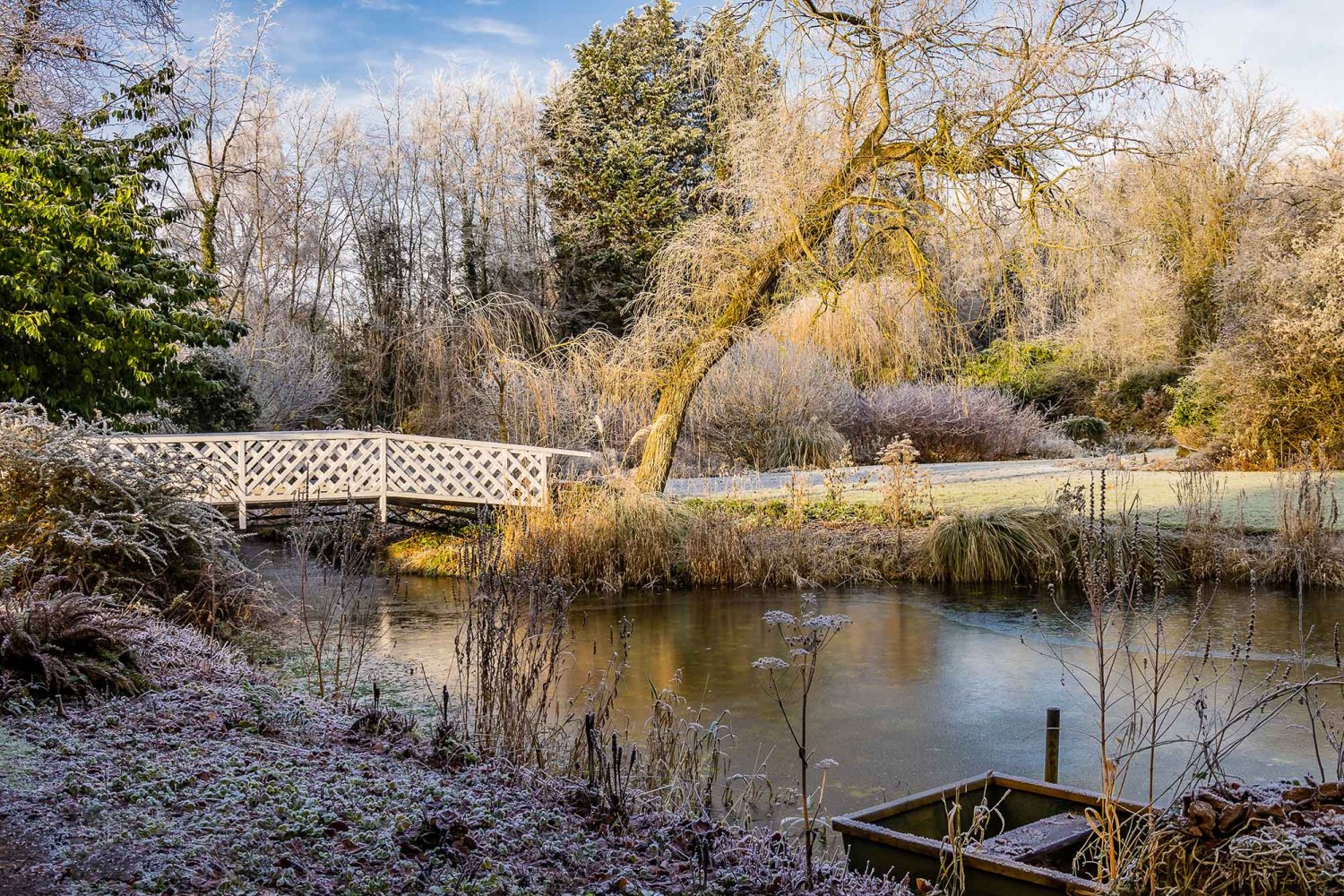
A winter garden in the wilds of West Norfolk
Open every day of the year including Christmas day, Gooderstone Water Gardens is a stunning jewel in West Norfolk’s crown
When Billy Knights mapped out a garden sketch on a scrap of wallpaper, little did he know he would be carving out a legacy for his family, and an attraction for West Norfolk that would benefit both locals and tourists for generations to come.
It was their eldest son Chris, who jokingly suggested creating tranquil Water Gardens. Yet the idea sounded promising.
The land was too wet to graze cattle and too sodden to grow crops, so a new plan was hatched for the site in Gooderstone. Ponds and waterways were dug out and an ingenious way of channelling the water through the gardens from the local chalk stream was implemented.
Today it is owned and managed by Coral Hoyos, who inherited the gardens from her parents in 2001. When she set out to restore the site she knew a monumental task lay ahead of her. For five years the gardens had remained closed and untouched, in which time nature started reclaiming the land. Trees had fallen, paths were blocked, and much had grown.
“On my first visit back it was hardly recognisable as a garden.” Coral recalls. “But as I walked around, the atmosphere of the place was still there. I could hear the water running and doing what it should do and all the birds were still there singing away. It just got to me. The atmosphere of the place. And I thought of how Mum and Dad had spent over 20 years creating it.
It was at that moment she knew that she was going to get it up and running. “I was 56”, she recalls. “I thought I’m going to have a tea room and I’m going to do this, and do that. But I didn’t know how I was going to do any of it really.”


And so began the arduous task of restoring the gardens. After several months the site was tidied, waterways cleared, bridges rebuilt, and paths were laid. In addition the new tearoom was renovated and a new toilet block was erected. It was finally ready to welcome visitors once again.
The investment has paid off, with the gardens attracting around 16,000 people annually.
Visitor numbers fluctuate with the weather, though the quiet times through the cooler seasons are often some of the most breathtaking. In autumn and winter, early morning mists rise over the waterways and silver dew kisses the grass.
During prolonged cold snaps, the ponds freeze in intricate patterns, branches glisten with frost and the gardens take on a magical, ethereal quality. Structural plants and evergreens remain and the place is abundant with the translucent and papery silver ‘coins’ that hang on the skeleton of the Honesty plant throughout the winter.
The garden has two parts: a six acre landscaped area, planted with flowering and decorative shrubs and trees, and a wilder eight acre natural fen area. The tearoom, which adds to the overall experience, is open from March through October.
When she is not busy gardening, Coral enjoys speaking to visitors. “Almost everyone comments on the peacefulness and tranquillity of the gardens,” she says. “Over the years, so many people have said to me, ‘this is what I imagine heaven might be’”.
The Gooderstone gardens play a part in enhancing wellbeing too as people benefit greatly from walking in the countryside and green spaces. They were particularly popular during the Covid-19 pandemic, providing a safe place to social distance.

ABOVE: The Monet Pond in winter, named after the famous Impressionist Claude Monet and a homage to his garden in Giverny.
Coral manages the decorative planting schemes while her husband Ernest, a woodland conservationist, looks after the Fen. He mows annually to keep it open, bringing in light, preventing forestation and allowing native species of fen flora to flourish there. A small team takes care of the daily maintenance and ongoing gardening tasks throughout the year.
When it comes to choosing plants for the garden, the philosophy is deeply rooted in sustainability, supporting the natural environment and promoting the local ecosystem.
“We prioritise single flowering varieties of plants that are easy for insects to access,” Coral says. “It’s important to keep the gardens alive for nature, so that both wildlife and people can enjoy them.”
Paul Easton, a local photographer, fell in love with the place when he discovered the Kingfishers there. “I come with my camera and a handful of mealworms to see what birds I can attract,” he says. “I never know what I’m going to get. I’ve had so much fun there.”
The gardens change and evolve as new plants and flowers emerge, while others die back. Open 365 days a year, they are spectacular throughout the seasons. For more information go to www.gooderstonewatergardens.co.uk
PICTURES: © PAUL EASTON
